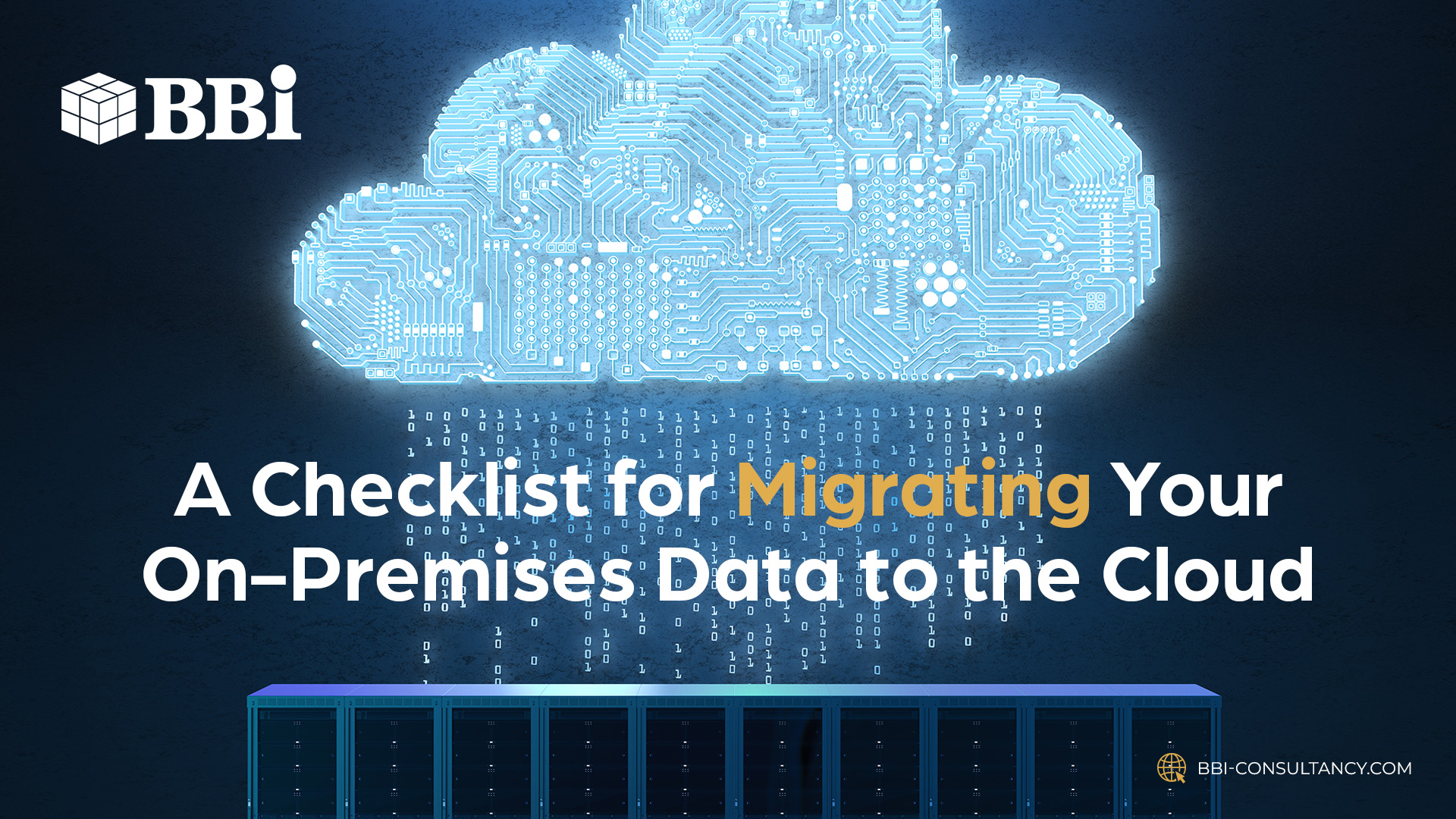

With the exponential rise in digital consumerism and hybrid work models, businesses are doubling their efforts to advance their digital initiatives, an integral part of which is cloud migration. Even small enterprises are looking for cloud solutions to modernize their systems and adapt to evolving consumer behavior. In fact, forecasts by Gartner estimate that spending on public cloud services will reach $396 billion this year and grow to $482 billion next year.
However, migrating to the cloud is not as simple as clicking a few buttons and waiting for all your data to upload. It requires careful planning, assessment, and monitoring. To help you prepare for cloud migration, here’s a checklist of the things you need to do.
Checklist for Migrating On-Premises Data to the Cloud
1. Set key objectives.
Your cloud migration should not be just about keeping up with the times. You do not implement cloud solutions merely because all other businesses are doing so. Determine its impact on your business processes and management. Identify what you want to achieve by migrating to the cloud. Involve your stakeholders in setting the objectives to get a holistic view.
2. Allocate budget.
Many businesses migrate to the cloud for the perceived reduction in costs. However, the actual costs of cloud migration and management are also significant. The Flexera 2021 State of the Cloud Report shows that 38 percent of SMBs and 83 percent of enterprise respondents have a cloud spend of over $1.2 million in 2021. The same report shows that respondents reported an average of 24 percent over budget on public cloud spend.
So, ensure that you have budget allocation for both migration and management.
3. Craft a migration strategy.
Involve all stakeholders when crafting your migration strategy. Form a diverse team from various departments and craft a migration strategy that would minimize disruptions and optimize the cloud solution.
4. Choose migration solutions and strategies.
Determine whether you will implement a shallow lift-and-shift integration or deep cloud integration depending on your objectives and resources. Check what migration tools you will need and whether you need to re-architect your applications. Choose cloud vendors who can provide the right solutions that you need.
5. Assess current applications and legacy systems.
Before migrating, evaluate your current applications, legacy systems, and on-premises servers. Assess dependencies and determine which applications must be moved to the cloud and which ones are optimized for on-premises use.
6. Set relevant KPIs.
Take note of the KPIs you have defined for your existing applications. Determine if they are still relevant measures when you migrate to the cloud. If needed, set new KPIs along with standard ones such as CPU usage, page load time, memory usage, and disk performance. Compare KPIs pre- and post-migration to assess cloud performance.
7. Create backup and update database.
To ensure migration goes smoothly and quickly, update your database by deleting outdated data in tables such as log entries and archived records. Catalogue required software and categorize applications and workloads. Create backup in case something goes wrong during the migration.
8. Apply cloud security controls.
Your data is vulnerable to attacks and breaches while migrating to the cloud. Minimize risks by making sure that you have reliable cloud security controls such as encryption and privileged access management. This will ensure compliance with data security regulations during the migration.
Assess business needs and capabilities before cloud migration
Cloud migration brings a plethora of benefits to businesses including scalability, agility, process automation, transparency in management, monitoring, and security. It enables you to leverage new technologies at relatively less operational costs. However, it is not a universal solution for all businesses. Assess your current state to determine whether cloud migration is suitable for your business.
Check your capabilities and resources to know if you can handle complexities and challenges during and after the migration.

